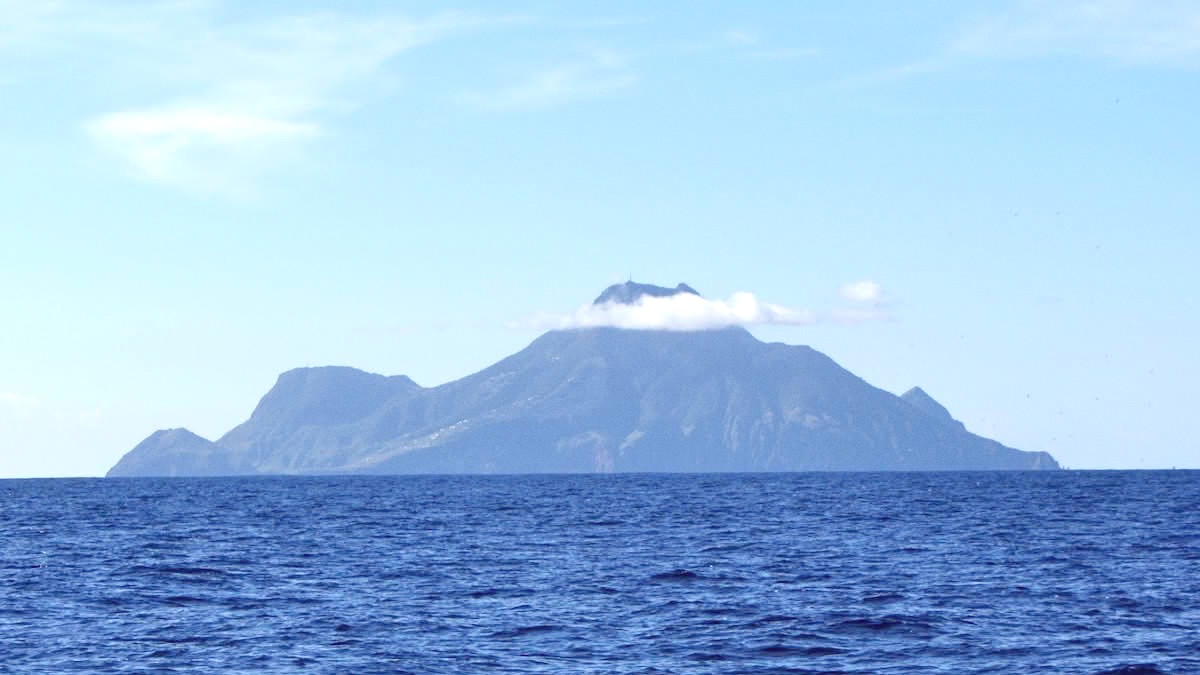
Taxis serve as the main form of motorized public transport on Saba. They are reliable and often driven by friendly locals. Taxis receive ready availability, especially at the airport and the ferry dock at Fort Bay. They are typically private cars, and the drivers are known and trusted members of the community.
You will not find specific taxi stands in the villages. Instead, taxis can be arranged through your accommodation, or you can call a driver directly. Local businesses, like restaurants or dive shops, will also assist you in arranging a taxi.
Apps like Uber or Lyft are not available on Saba. Traditional taxi services handle all transport needs.
Taxis on Saba are generally very safe and reliable. Drivers often have island knowledge, offering informal tours.
Get phone numbers of a few taxi drivers upon arrival for flexibility and direct ride arranging.
No major international car rental companies. Few local individuals may rent vehicles.
Terrain and roads are not suitable for these vehicle types for tourist use.
Island terrain is generally unsuitable for casual cycling due to extreme steepness.
No tuk-tuks or jeepneys. Transportation takes the form of standard private cars as taxis.
Driving happens on the right side of the road. Roads are narrow, steep, and winding. Careful driving is a must. Road conditions are generally good but can be slippery after rain. Watch for pedestrians and animals. Parking is available but limited, especially in the centers of The Bottom and Windwardside. Many businesses have small parking areas, but street parking can be scarce.
Not available. Island tours typically happen via private taxi for a personalized experience.
Mainly for dive/snorkel excursions. No public boat taxi service for inter-island travel beyond regular ferries.
Limited accessibility services due to steep terrain, narrow roads, and reliance on stairs. Plan carefully for mobility needs.
Saba's small scale means specialized transport options are limited. This includes a lack of cable cars, funiculars, or other unique local transport modes.
Villages and trails offer good walking opportunities.
Wear sturdy shoes and carry water.
Available for challenging hikes, with insights into flora, fauna, and culture.
Local guides add depth to your exploration.
All areas of Saba are generally safe. Stick to marked trails.
Off-trail hiking is strongly discouraged.
Saba’s landscape dictates its transportation options. Embracing walking and taxi services becomes part of the authentic island experience.
Planning your daily movements with these methods in mind will lead to a more immersive and enjoyable visit.